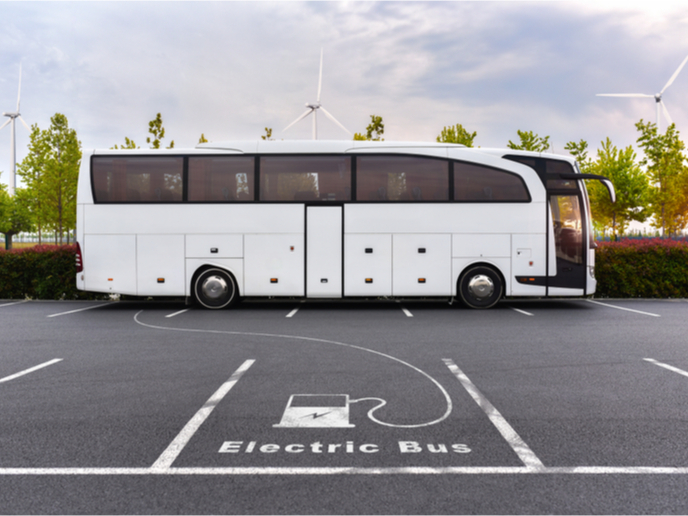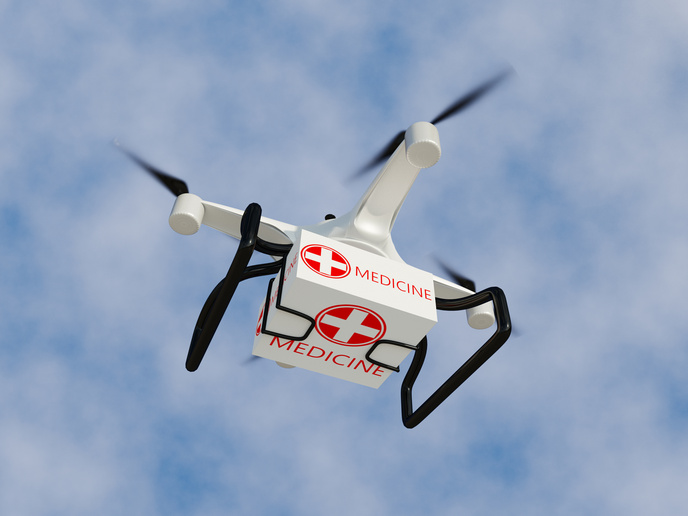Designing the heavy-duty vehicle fleet of the future
In light of the European Green Deal, fuel consumption efficiency has improved in recent years. However, heavy-duty (HD) vehicles are still responsible for about a quarter of CO2 emissions from road transport in the EU. The pioneering 10-member consortium of the EU-funded ORCA project developed a modular and scalable powertrain design methodology for highly electrified HD vehicles.
Prototypes from the future
The ORCA team achieved their goal to develop an Iveco multimodal hybrid bus and a Volvo distribution hybrid truck with an extended full-electric range from 10 km to 30 km. Both vehicles are equipped with innovative plug-in hybrid electric vehicle (PHEV) rechargeable energy storage (RES) systems, designed specifically for each vehicle application. They feature an improved range for operation in low-emission zones using advanced control systems. “Based on our knowledge about engineering and energy management of HD vehicles and components, advanced computer modelling and the drive circle of the vehicle, we optimised and validated the powertrain and the vehicle’s energy consumption,” explains René Corbeij, project coordinator.
Further, greener, better
The main benefit of the ORCA solution is the high levels of electrification achieved. The improved performance of batteries in terms of power and energy density as well as cost enables vehicle platforms with increased energy storage that facilitate further electric range. And sizing the internal combustion engine towards more average operation rather than the peak-power vehicle requirement benefits fuel efficiency and emission reduction. The partners completely redefined and optimised the vehicles' multimodal system architecture. Parts of the DC-DC converter that fit with a 24-volt network as well as an on-board charger able to recharge more rapidly were central to achieving an innovative topology that enables a platforming concept and standardisation. Moreover, ORCA has managed to develop a simulation framework to enhance and analyse performance by optimising the powertrain configuration and its components for both design and control. This approach accelerated the design and development phases as well as the verification and validation phases.
When industry and academia align
ORCA is an example of the magic that high-powered cooperation between industry and research institutions can produce. Daria Manushyna, research assistant at Fraunhofer Institute for Structural Durability and System Reliability LBF, welcomed cooperation with international partners in particular: “We could exchange information and discuss the results in a very trustful and constructive manner.” Alessandro Bernardini, electrification technologies director at Iveco, adds: “The target of this project is not only to make the prototype but to get also through the full learning phase, which also includes learning by mistakes.” Some of the technologies that were studied, invented and applied within the ORCA project have already been implemented and will be ready for market in 2022 and beyond. These affordable key innovations are expected to significantly boost and foster competition in European engineering and technological leadership in hybridised vehicles.
Keywords
ORCA, heavy duty vehicle, HD vehicle, energy, emissions, energy storage, electric range, hybridisation, performance







